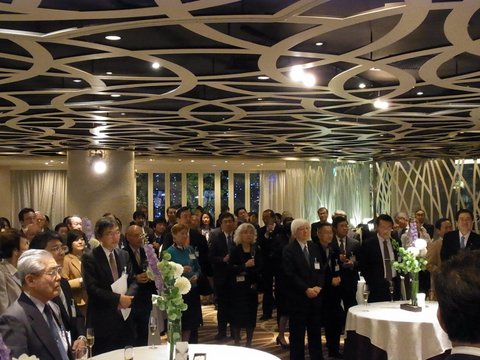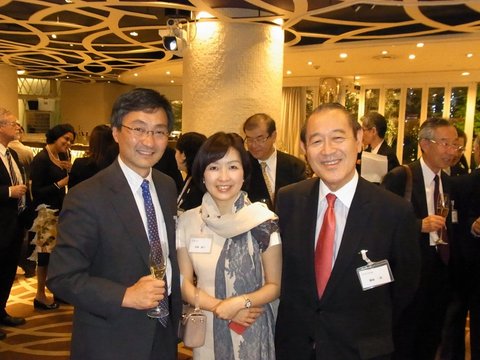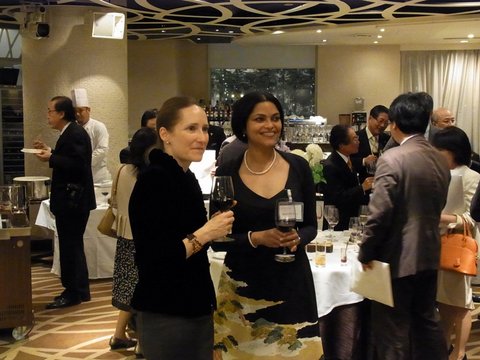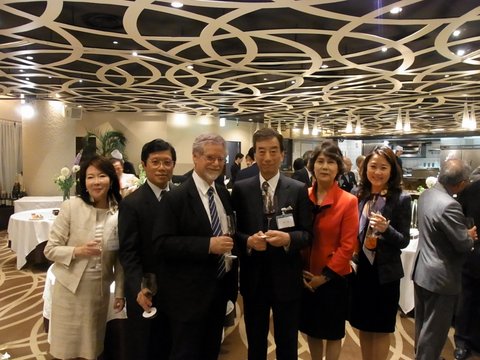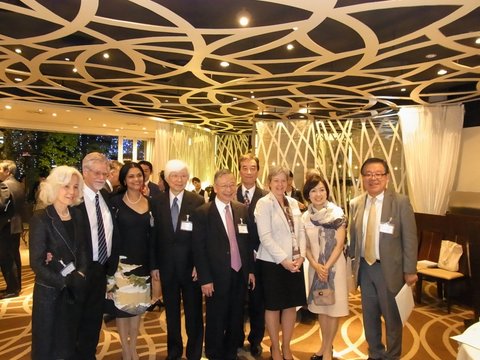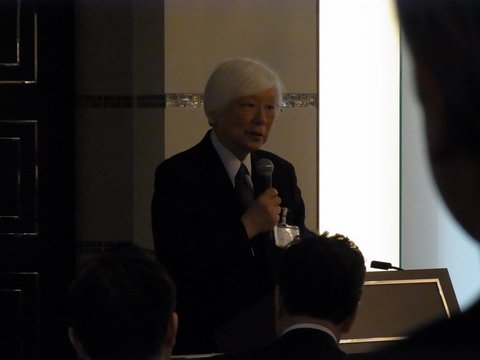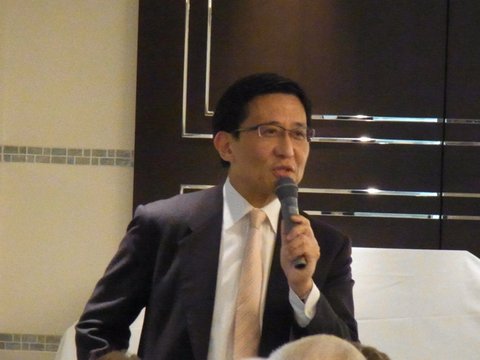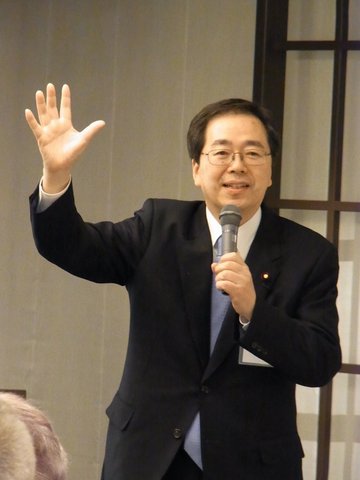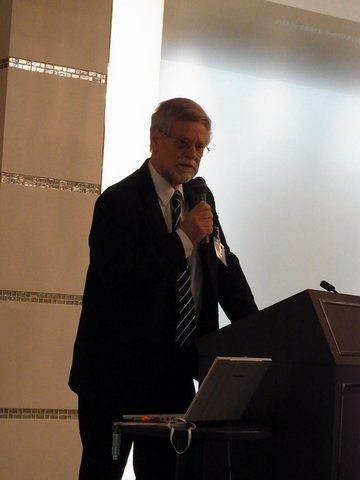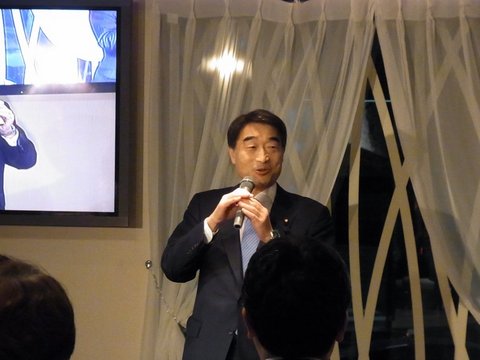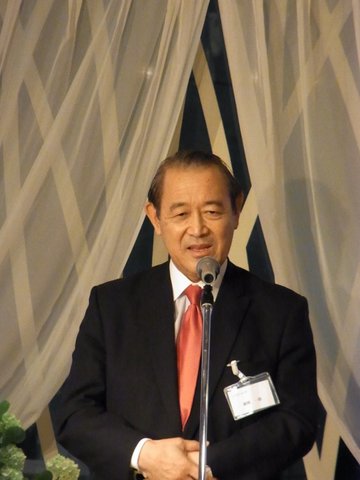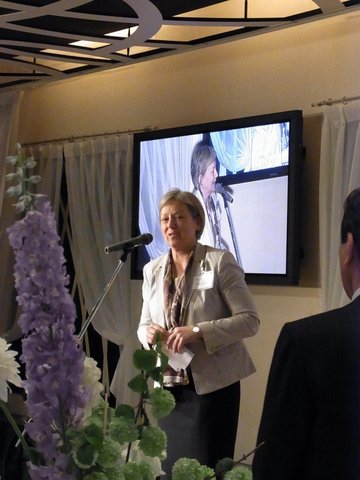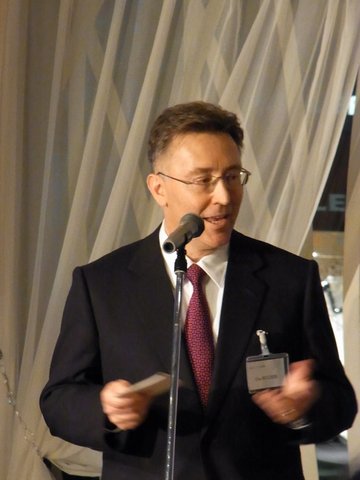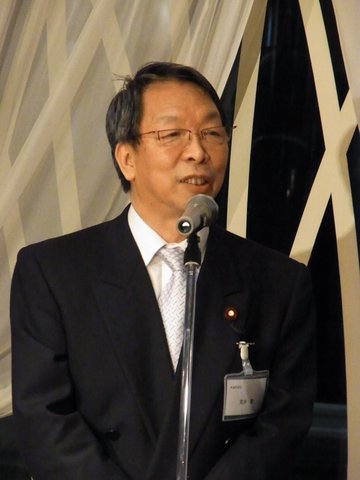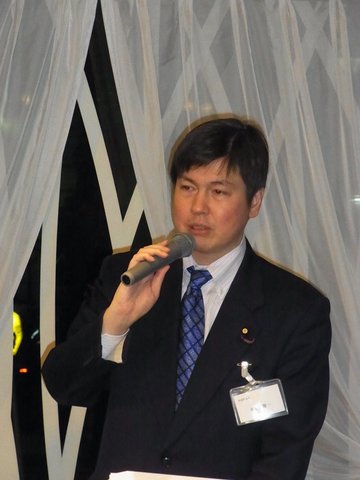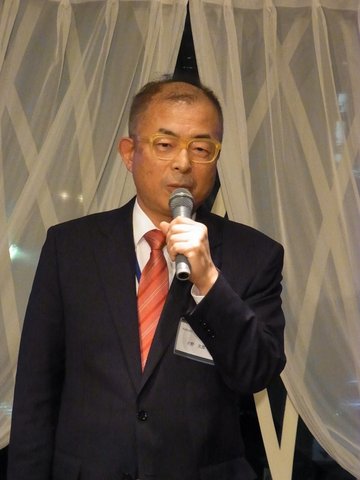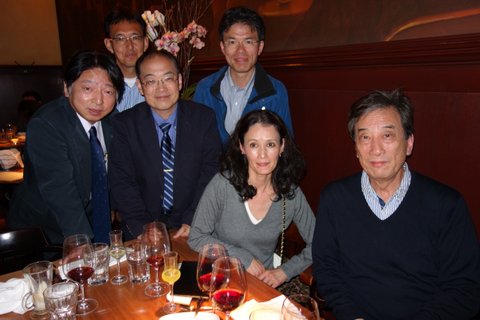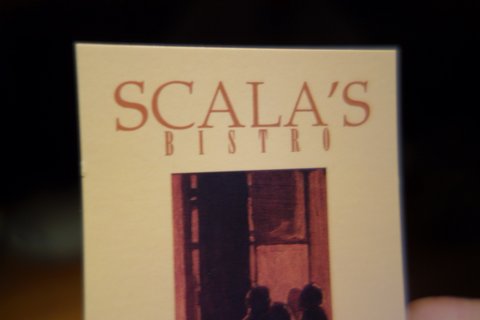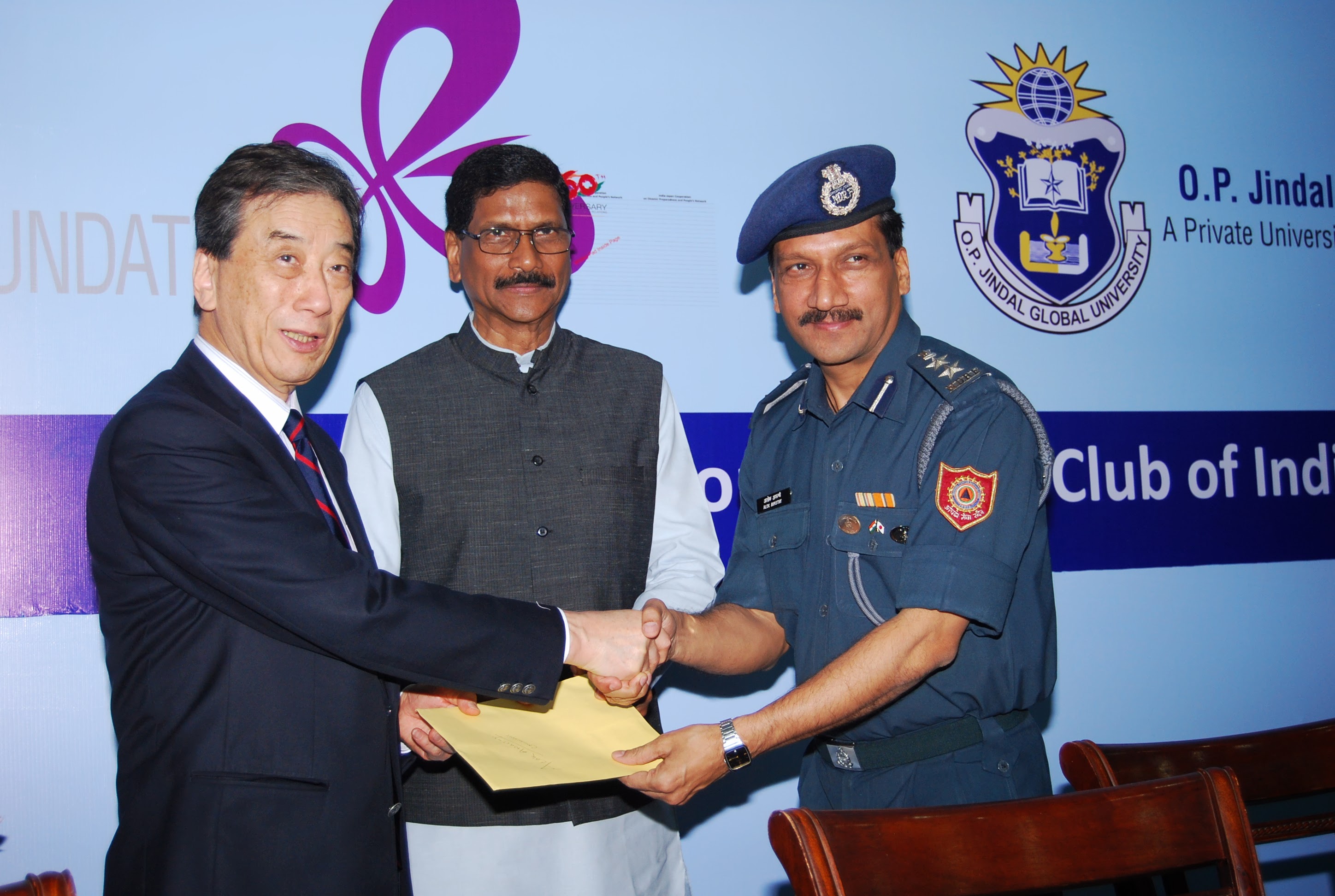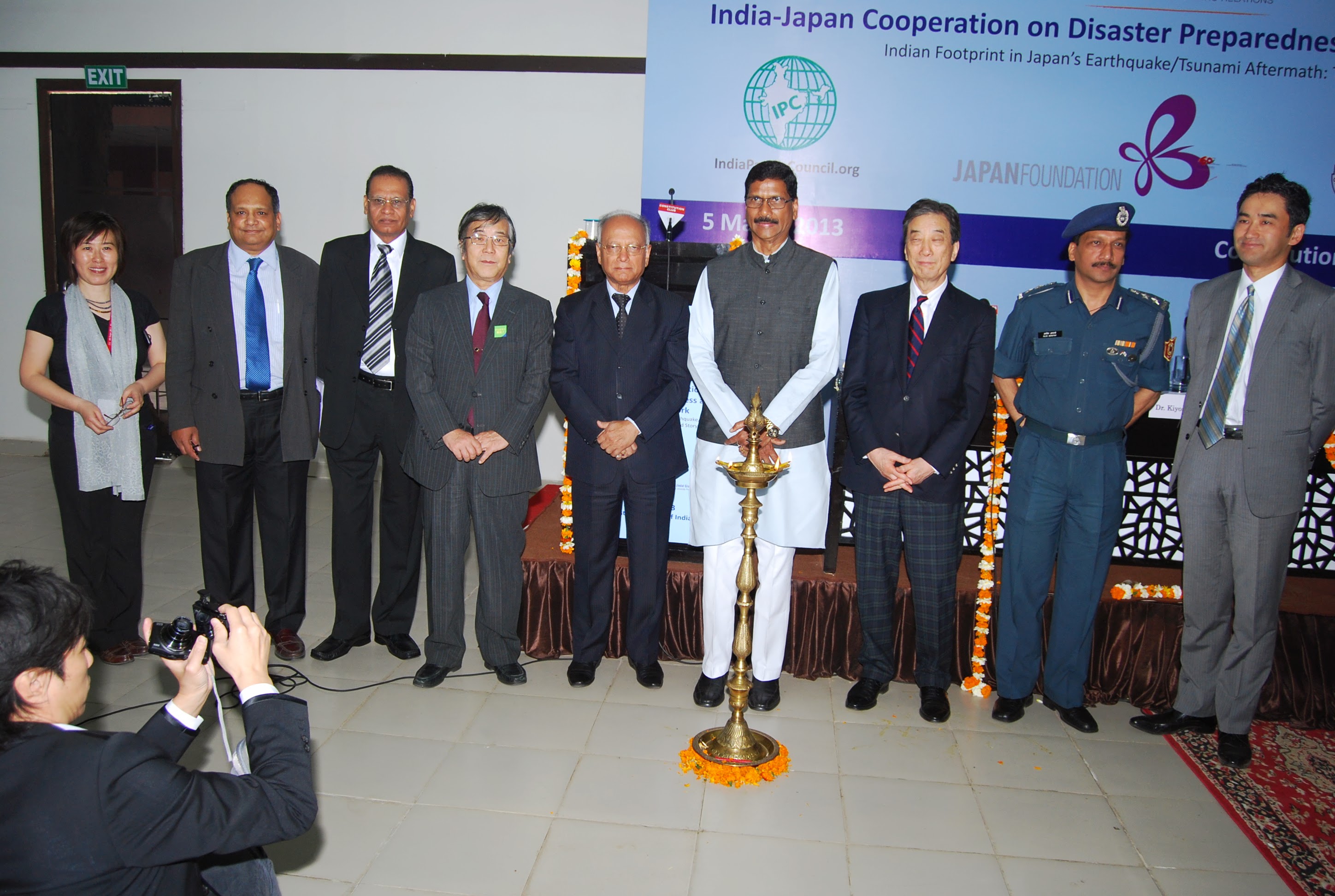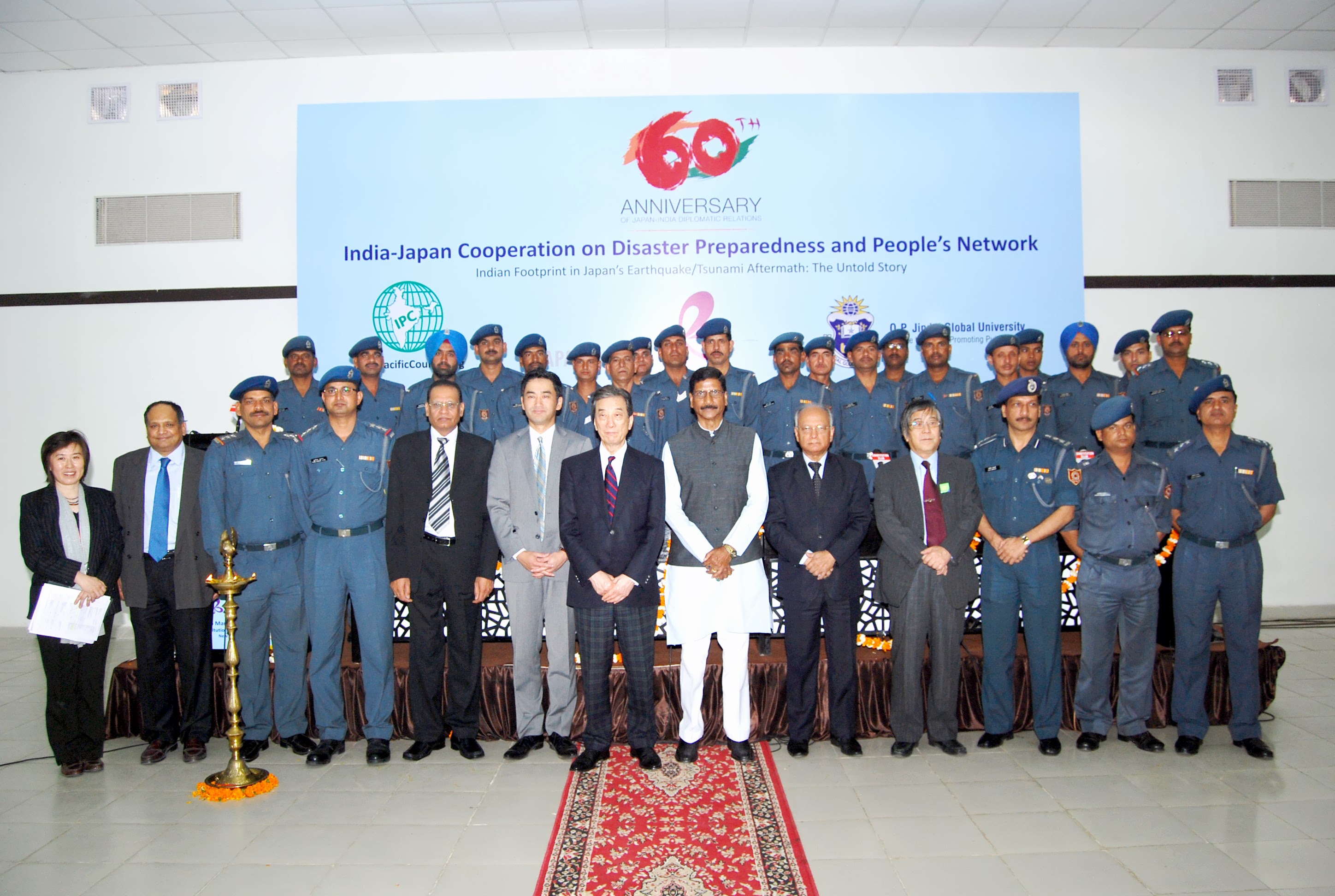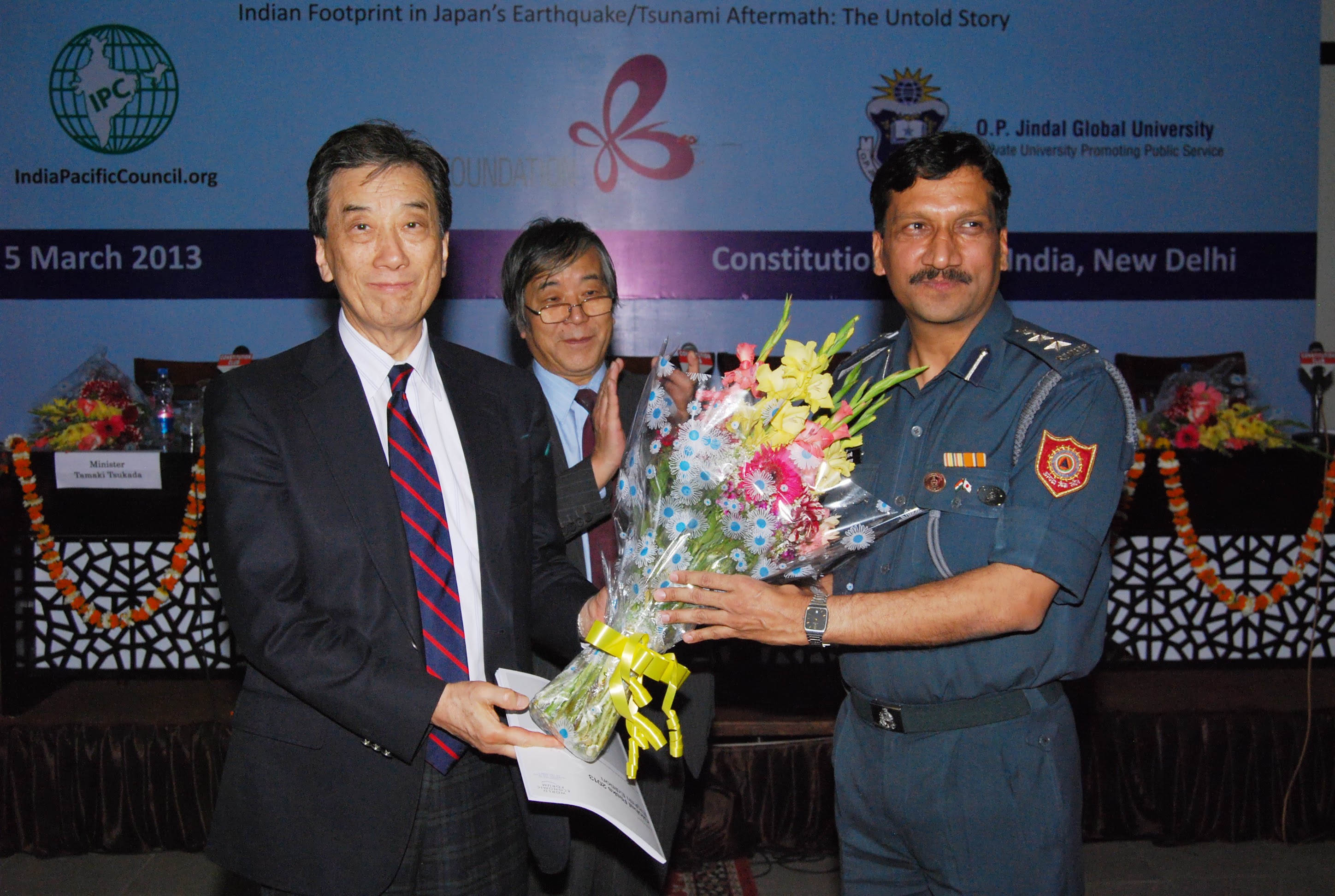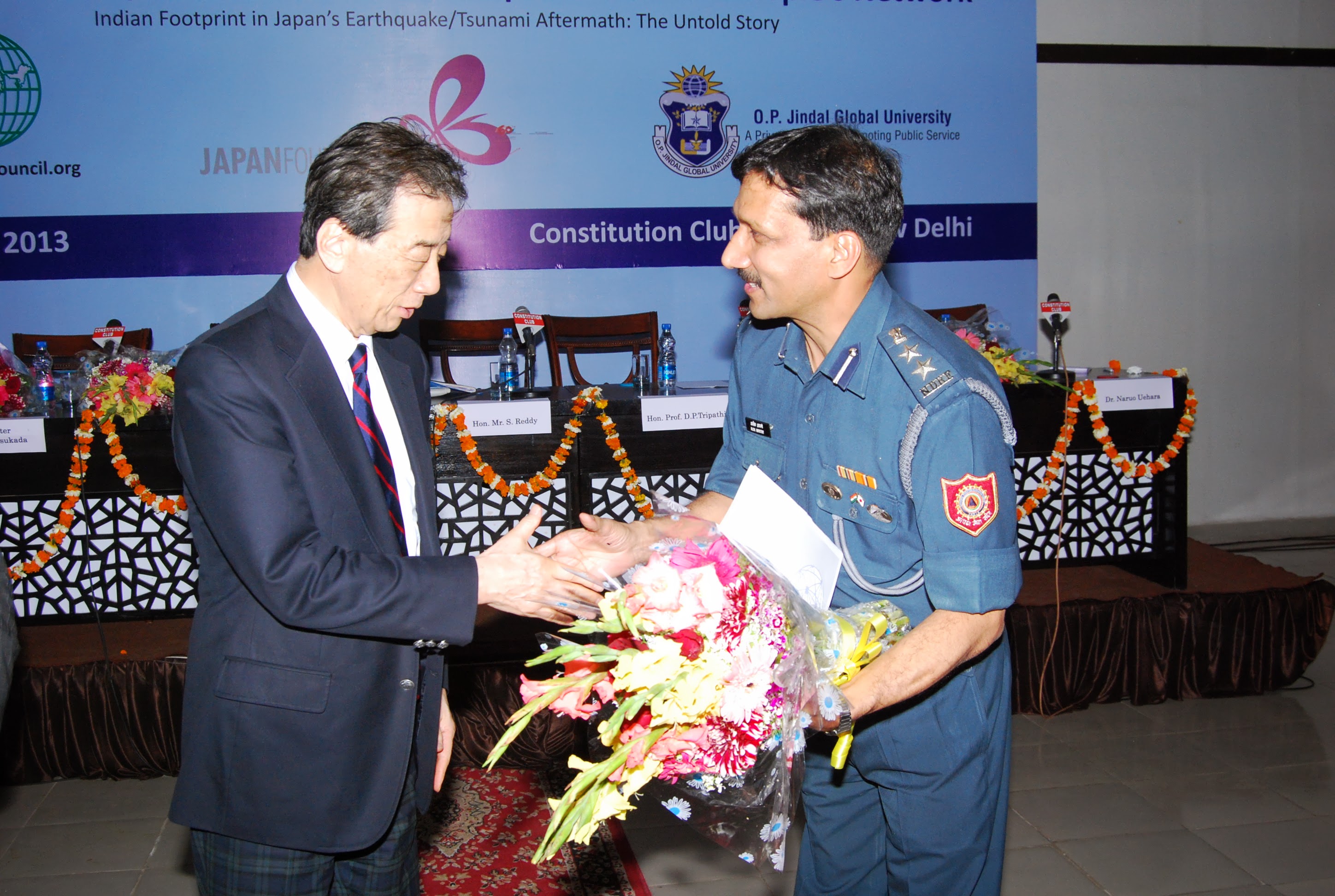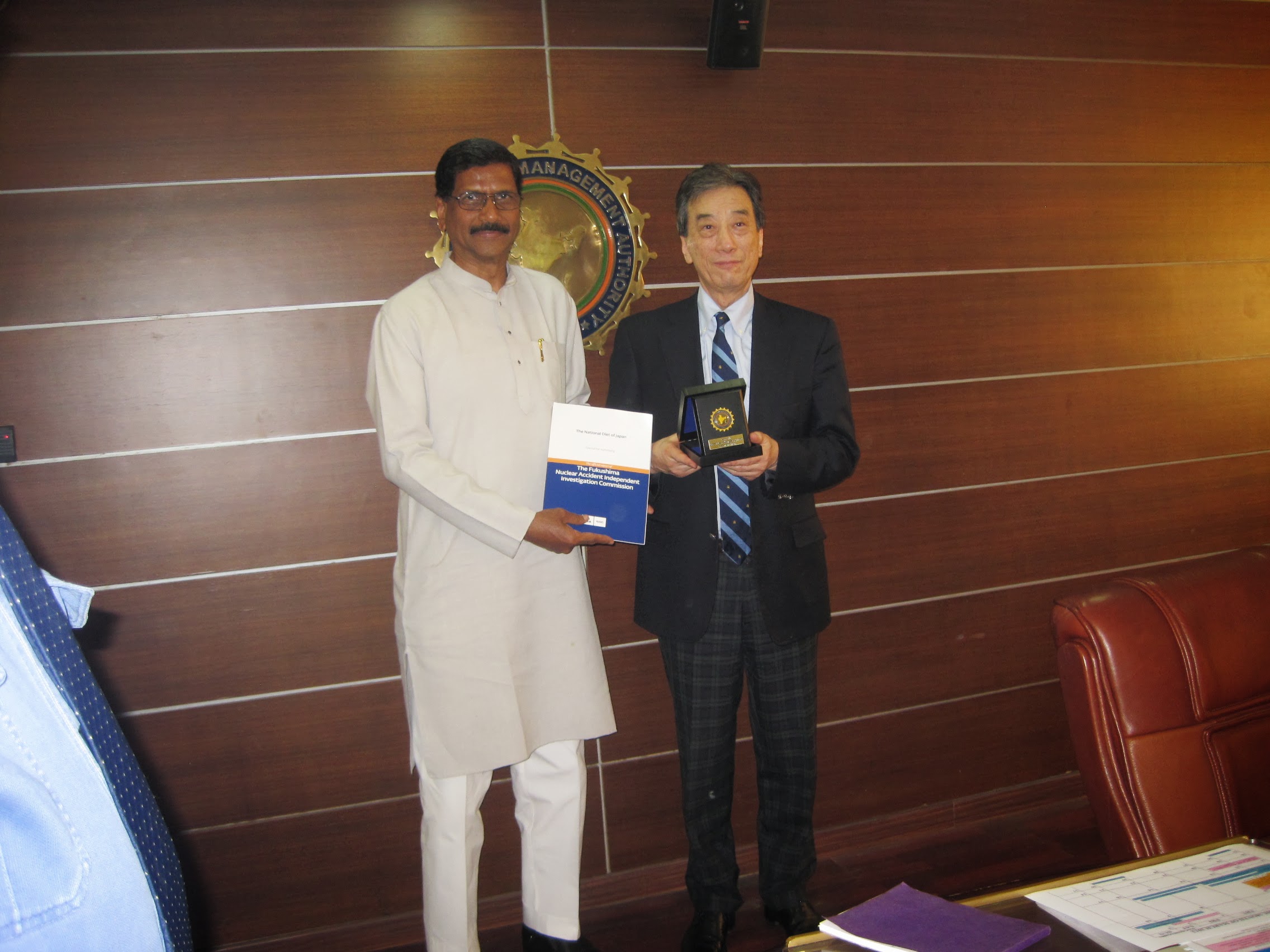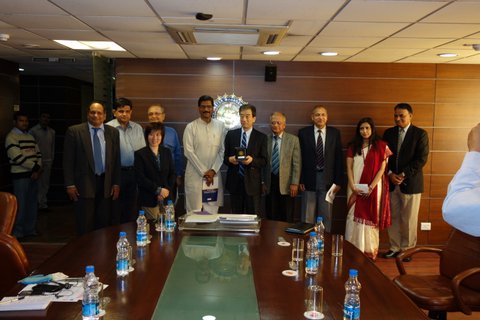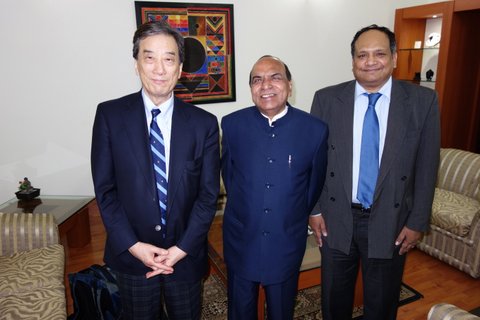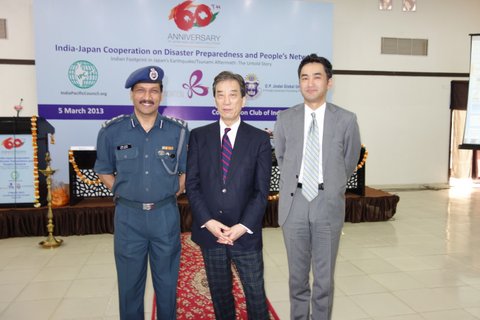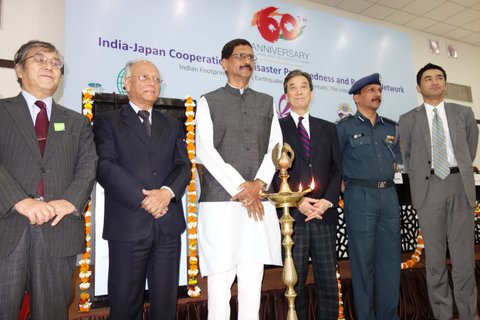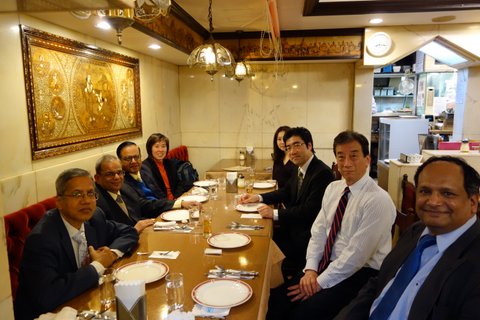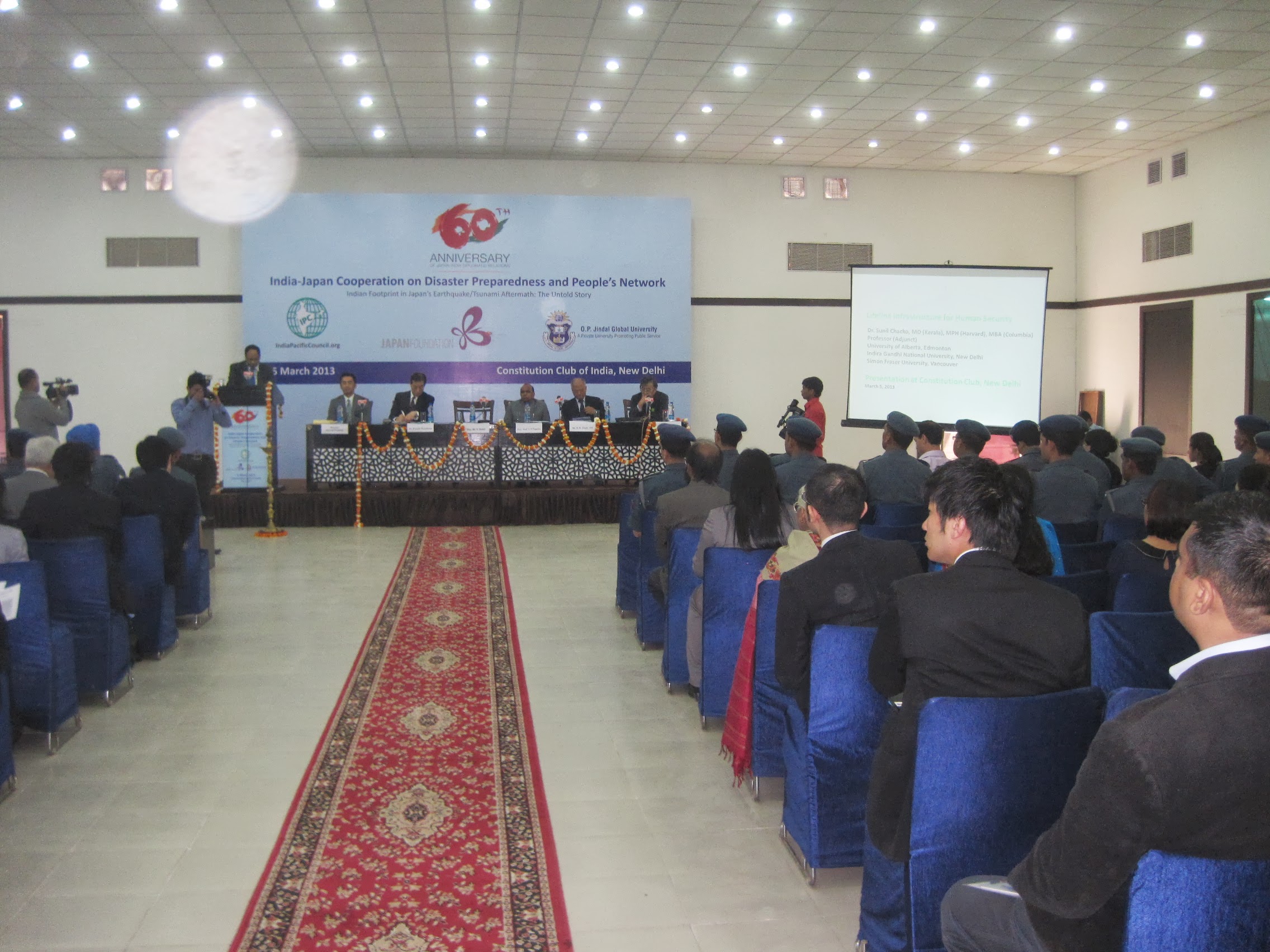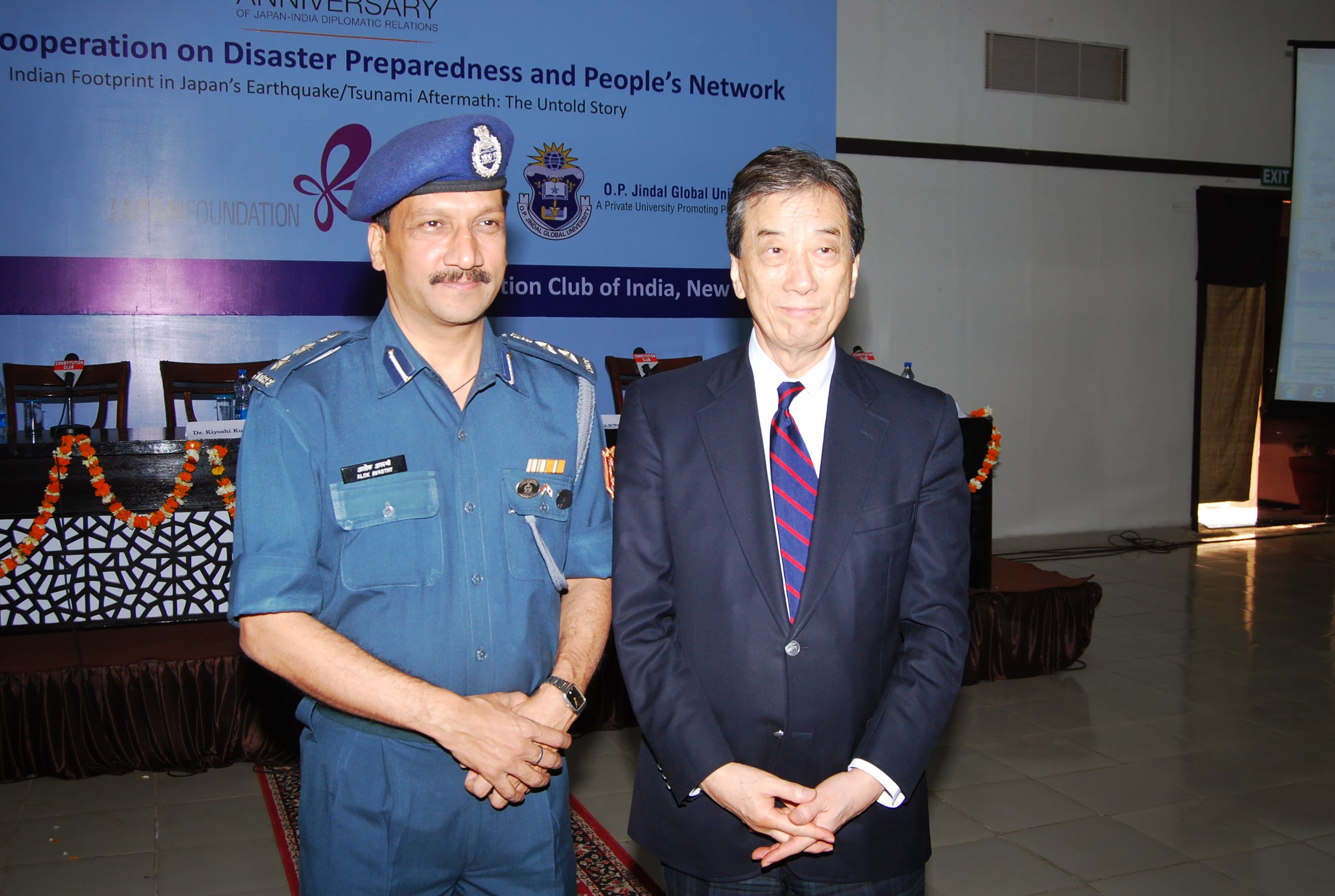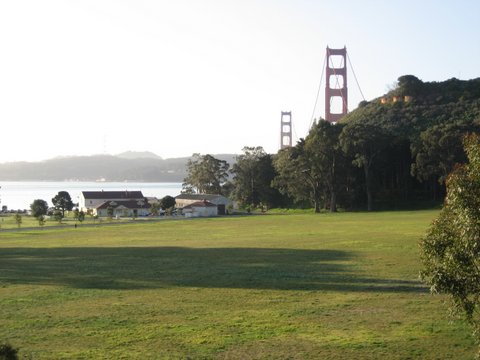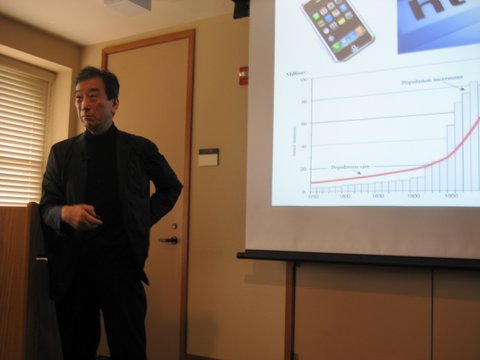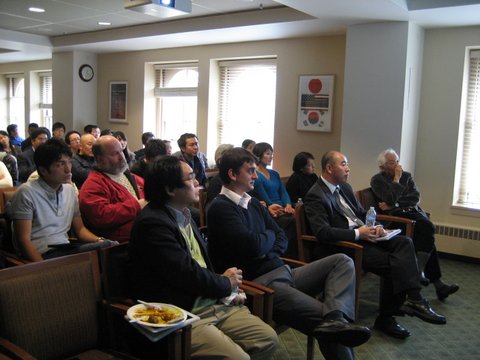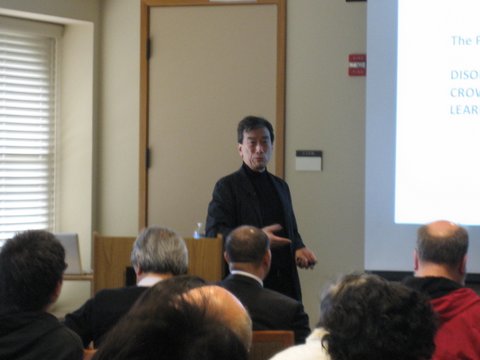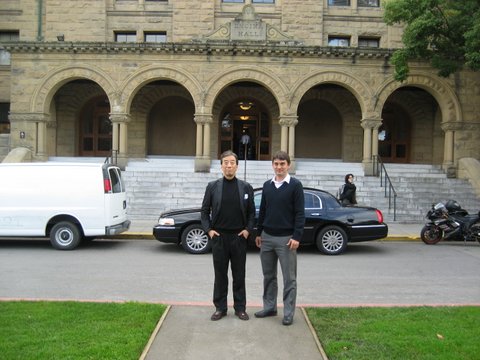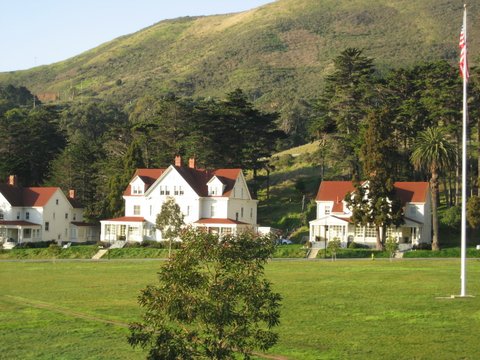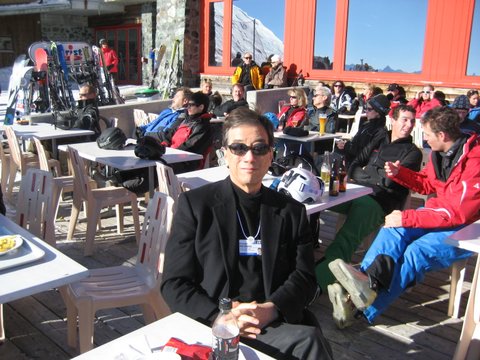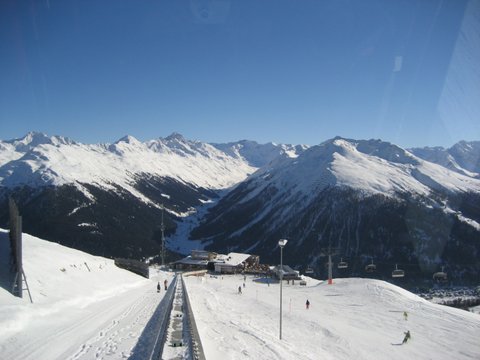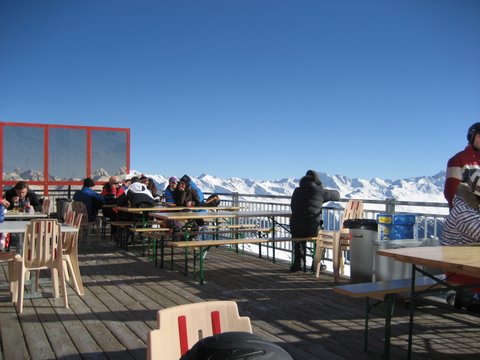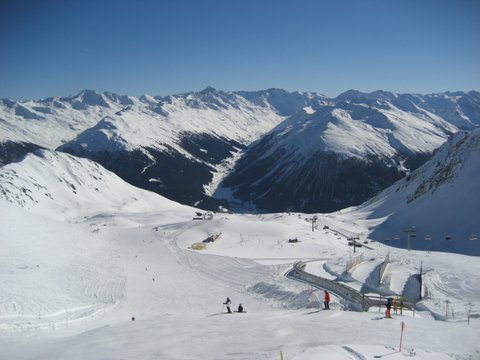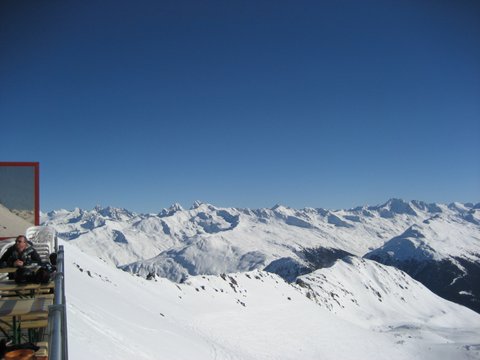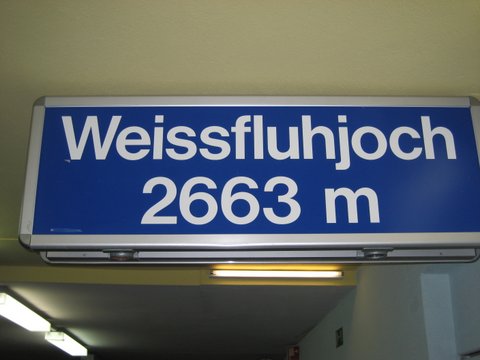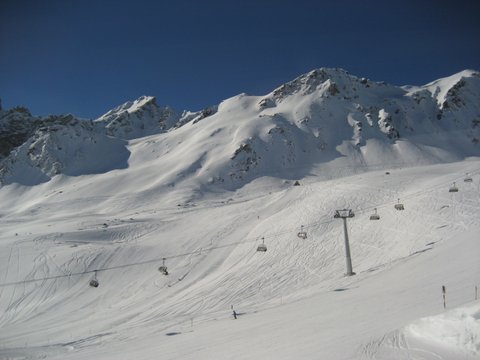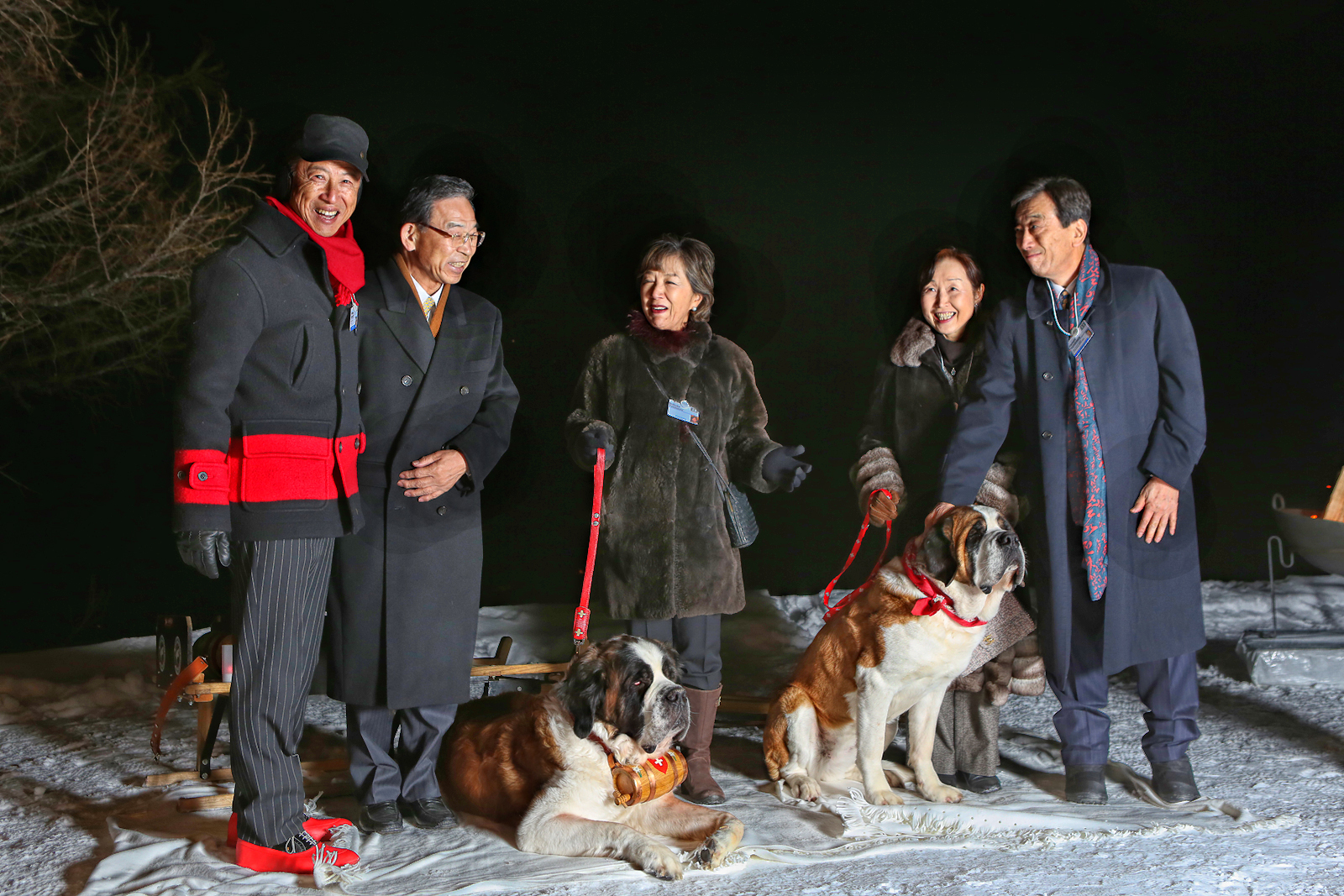Last year, for my role as the Chairman of the first independent investigation commission in the constitutional history of Japan, the National Diet of Japan Fukushima Nuclear Accident Independent Investigation Commission (NAIIC), I received two awards: I received the Scientific Freedom and Responsibility Award from the American Association of Advancement of Science (AAAS) and was named one of the “100 Top Global Thinkers 2012” by Foreign Policy.
The former President of Tokyo University of Agriculture and Technology, Mr. Seizo Miyata, who also gave NAIIC much important advice, was the leader in planning the celebration. I also gave a lecture on NAIIC. It was a very fun celebration planned by friends mainly from the science world.
I was very happy that NAIIC was evaluated highly internationally. It was possible to carry out this work in the short span of six months because of the many talented people, at the center of which was the NAIIC team.
The celebration started with an opening speech by the former President of the University of Tokyo and former President of the Science Council of Japan, Professor Hiroyuki Yoshikawa, for whom I have the highest respect. After entering the twenty-first century, at a time when the Science Council of Japan and the international academic scientific world were going through major transformations, Professor Yoshikawa held positions of responsibility in both and faced many obstacles. In the Science Council of Japan, I served as the Vice President under President Yoshikawa, and later succeeded him as President. Thus, I have had the privilege of working with him for many years and was under the impression that he knew me well.
Professor Yoshikawa began his speech saying that he was happy to congratulate me for three main reasons, which consisted of his analysis and observations of my character and actions. I was very surprised and moved by his speech, as I am sure many people in the audience were. Professor Yoshikawa’s three reasons are summarized quite accurately in
Mr. Deguchi’s mail magazine(THIS IS LINKED TO MY ATTACHMENTS, WHICH IS THE ENGLISH TRANSLATION OF DR YOSHIKAWA'S SPEECH). Please take a look, you will also find many pictures of the celebration.
Ms. Yoko Ishikura also was kind enough to write about the celebration in her blog.
Ambassadors from the United States of America, the United Kingdom, Australia, France, Norway, Switzerland, and Ambassador Fujisaki, Japanese Ambassador to the U.S., attended and gave their greetings. Minister Nemoto and other members of the Diet also gave their greetings. Dom Perignon and KENZO wine was served and it was a very fun celebration.
I felt the kindness and warm feelings of many people and would like to express my gratitude.
